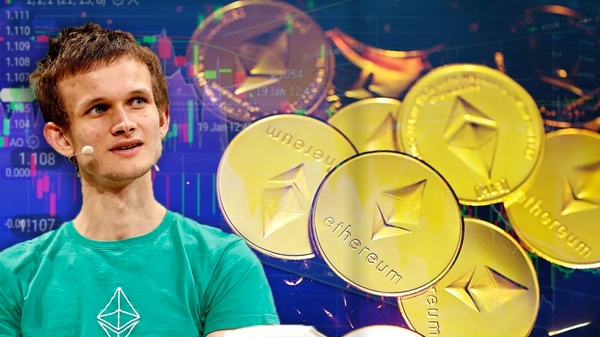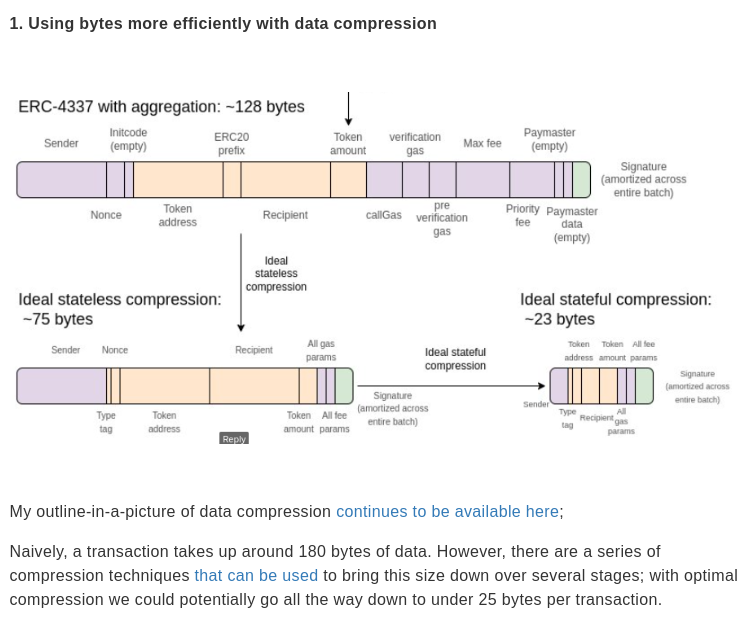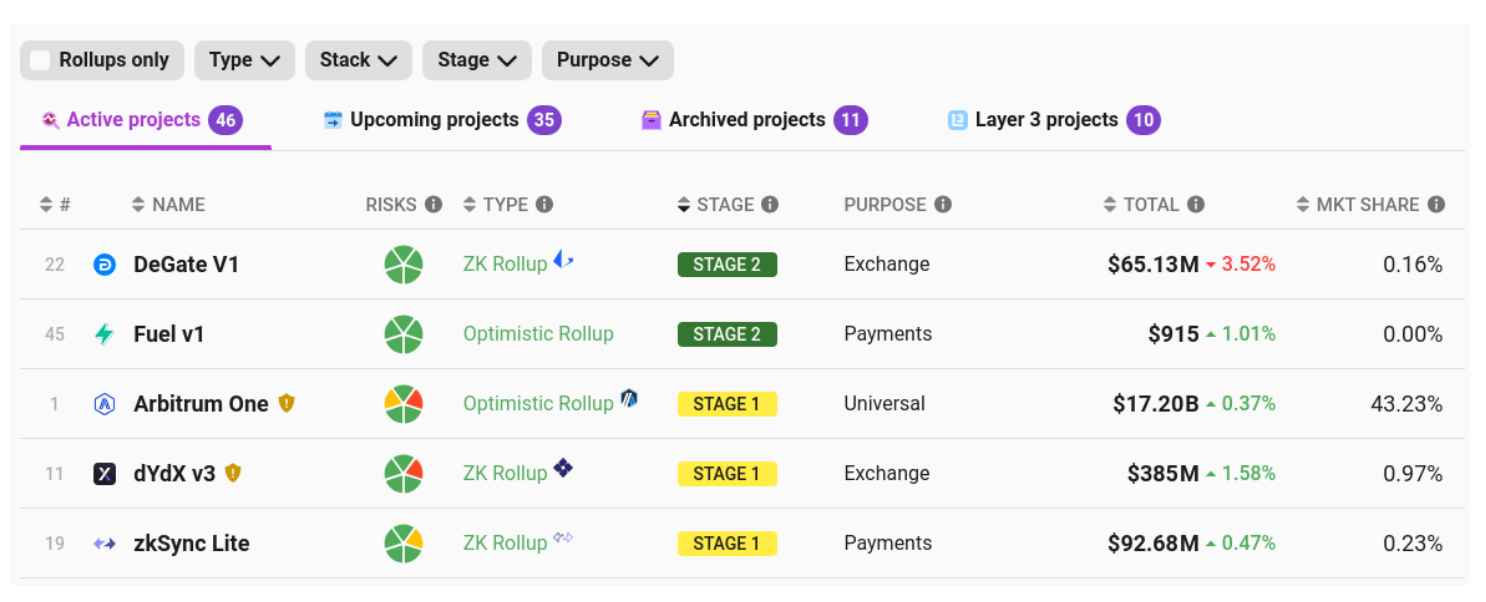
On March 14, Ethereum successfully completed the Dencun hard fork, introducing blobs to lay the foundation for Ethereum’s future expansion. On the 28th, Vitalik Buterin, co-founder of Ethereum, spoke with "Ethereum ushered in blobs, where will we go in the future?" 》Writing an article titled "Ethereum" to explain the future development journey of Ethereum. First, he said that with the help of blobscriptions, the number of blobs has increased to a target of 3 per block, and the blob fee has therefore entered a "price discovery mode."
Then, Vitalik said that the key to future expansion of Ethereum relies on rollups technology that supports data space and data availability sampling (Data Availability Sampling, DAS), and the next step is to use "Peer DAS (conservative version of DAS)" To verify blobs, this can provide some additional expansion capabilities, and more advanced DAS versions will be introduced in the future. At the same time, Vitalik pointed out that the L2 protocol can be improved in four major directions, including data compression, development of optimistic data structures, improvement of execution-related restrictions, and improvement of security.
Improve L2 in four directions
Data compression to use bytes more efficiently
Usually a transaction requires about 180 bytes of data space. Through a series of compression technologies, we can significantly reduce this amount of data, ideally to less than 25 bytes per transaction. This kind of compression can greatly improve the efficiency of data storage and processing.

Optimistic material technology, only uses L1 to protect L2 under special circumstances
Plasma technology allows to retain data in L2 under normal circumstances, only under special circumstances In this case, L1 is relied upon to ensure security, which can provide the same security as Rollup for some applications. While Plasma cannot protect all assets, architecture inspired by Plasma can protect most assets. Vitalik suggested that L2s that are unwilling to put all their data on the chain should explore this type of technology.
Continuous improvement of execution-related restrictions
With the launch of the Dencun hard fork, rollups have become cheaper using the blobs it introduced. For example, the transaction volume of the L2 network Base has surged, but it has also Encountered its own internal gas limit, causing the cost to rise unexpectedly. Vitalik said that this reveals that in addition to the need to expand the data space of Ethereum, rollups also need to expand internally.
He mentioned the direction of improvement, including "parallel processing (rollups can be implemented similar to EIP-648)" and storage, as well as the interaction between computing and storage. This is an important engineering challenge faced by rollups. .
Continuously improving security
Vitalik said that we are still far from a world where we rely entirely on code to protect rollups. Currently, only the following 5 rollups (of which only Arbitrum is full EVM) have reached "Phase 1".

Vitalik said that we need to face this challenge head-on. Although we cannot yet fully trust the complex optimistic or SNARK-based EVM verifier code, we can definitely get halfway forward, that is, setting up Safety committees, which can change the behavior of code only under high thresholds (e.g., 6-of-8 proposed by Vitalik; 9-of-12 adopted by Arbitrum).
The standards of the ecosystem need to become stricter and we should only consider projects that have reached at least the first stage as rollups. After that, we can move cautiously toward the second phase: a truly code-backed rollup, where the safety committee can only step in when the code is "obviously contradictory." One way to achieve this security goal is to use multiple attestation implementations.
Ethereum is moving towards a more comprehensive decentralized platform
In summary, Vitalik said that as Ethereum transitions from the era of "rapid L1 progress" to "L1 progress is still important but more peaceful In this new phase, application developers are no longer just building prototypes, but tools that serve millions of people. This requires an adjustment in the mindset of the entire ecosystem, transforming Ethereum from a purely financial ecosystem into a more comprehensive independent decentralized technology platform.
The above is the detailed content of Buterin: Ethereum blobs are becoming popular on a large scale! L2 needs to be improved in four major directions. For more information, please follow other related articles on the PHP Chinese website!




